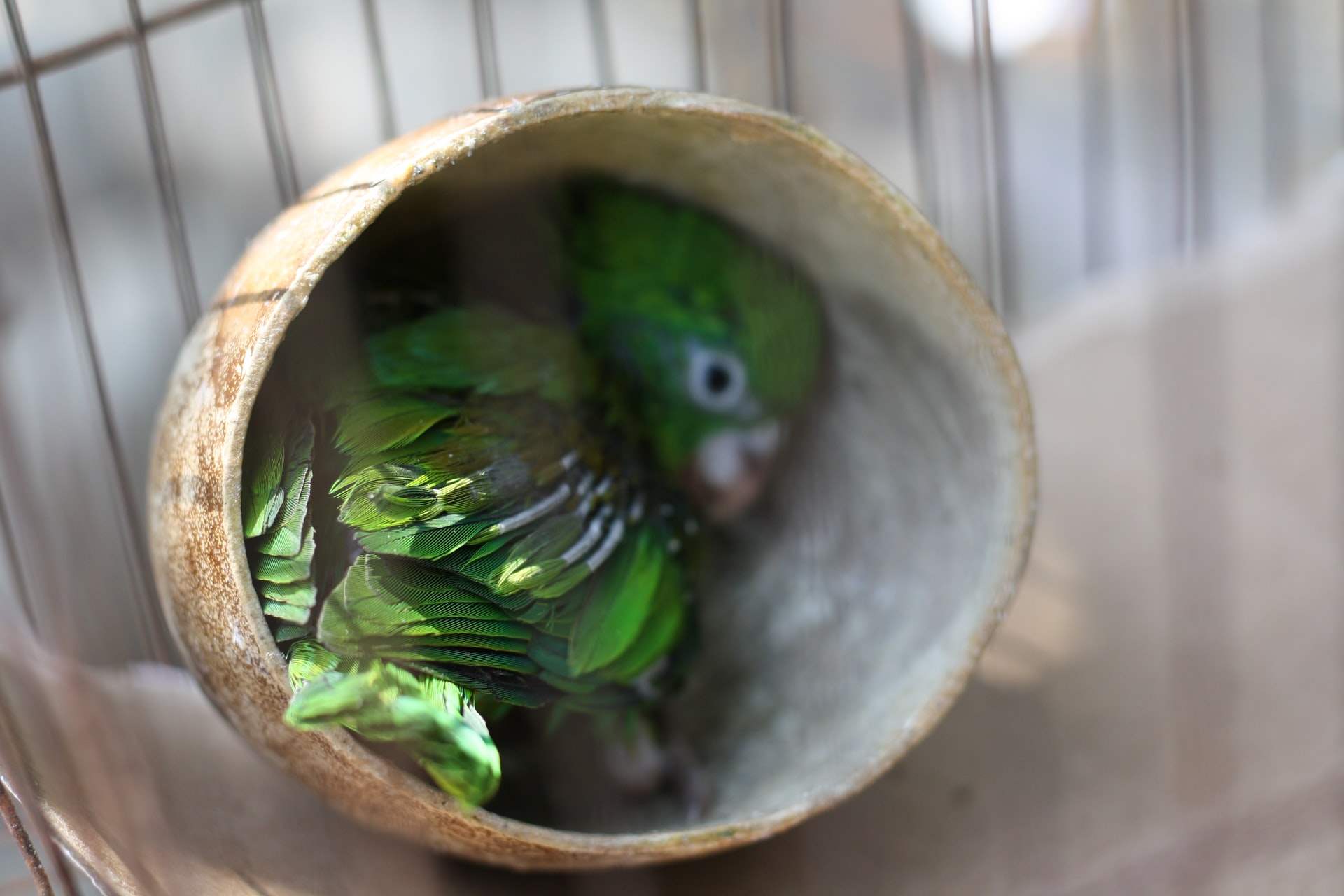JavaScript seems to be disabled in your browser. For the best experience on our site, be sure to turn on Javascript in your browser.
How to train a baby parrot

So you think a baby parrot is a perfect pet and companion for you because it is beautiful, it can learn to talk, and loveliest of all, you don’t have to walk them like a dog.
Very soon you will find out that, in addition to all that cuteness ingrained in your baby parrot, there are incredible difficulties, shocking monetary outlay, and astonishing hours of daily work. All these come with frequent annoyances, a cacophony of noise, and stunning destruction as well as a life-long commitment.
Keeping baby parrots requires proper management and excellent nutrition. Your baby parrot needs to feel comfortable, safe, and need to be respected for what – and who – it is. Parrots can come to be more headstrong as they mature and have their own opinions.
Using a positive reinforcement approach, if owners create loving controls over their babies before changes due to maturation, the road could be infinitely smoother
Here are certain important things you need to teach your baby parrot.
Leaving and Returning to its cage:
Training your baby Parrot on how to leave and return to its cage when required can be easily executed. Simply teach your baby pet by lavishing it with praise and adding a lovely treat in its food dish always as a reward for obedience. If you keep up with this pattern throughout your bird’s life, you will find there will never be a problem with your pet not returning or returning to its cage.
Good manners:
Your baby parrot's manners with strangers is very crucial and needs to be handled very carefully, especially if it is timid. The purpose is to make every introduction as positive as possible, thereby teaching the baby that strangers are fun!
To commence the process, you have to also advise the other person handling your pet parrot. If that person is unfamiliar with birds, explain the function of its beak and warn the person not to jerk his/her hand away if the baby parrot touches its beak. Also explain the etiquette of petting, as only a Few Parrots (except maybe the Cockatoos) are very excited by strangers trying to pet them and this is natural and acceptable behaviour for a Parrot. You can also teach the person some polite ways to ask for such a privilege, such as giving a crooked finger for a head scratch – but make certain you explain how unusual this is, so they won’t get their feelings hurt.
Target training:
Target training is extremely useful for everyday life with Parrots, it is also the foundation of trick training with your baby parrot. Once a Parrot is taught to touch a target (for example, the end of a chopstick) to earn an instant gift it values, this behaviour can be adapted to any number of other useful tasks owners would want it engaged in.
For highly food motivated birds like Amazons that tend to leap at their food dishes as it is served, you can target them to a back porch and don’t accidentally get bitten in their wild rush for food. You can also use targeting to help in accomplishing the next important task – returning them to their cages.
Towel Training
Get your pet parrot accustomed to a towel since you will be using towels for various situations, such as for grooming, giving medication, or handling an injury. You will want to add towel training to your regular training sessions.
You can do this by allowing your bird to step into a small white or light coloured hand towel perhaps to eat a small treat that has been laid on it. Once the parrot has acquainted itself with the towel, take the towel and wrap it from behind, taking special care not to squeeze against its chest with the towel or your hands.
In the process of training your baby parrot, we think the following can be useful.










